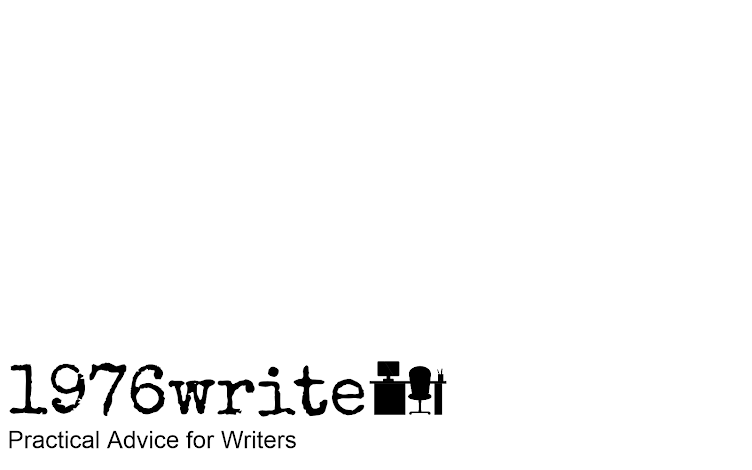Every writing project needs to be planned.
What is Your Main Aim?
There are no two writing projects the same and each needs a new plan. This is because you're writing a different message or you might want to reach a slightly different demographic each time you write.
Think of your goals as levels:
Read - The most important part of your job is that your audience reads your text. If this doesn't happen all time spent has gone to waste.
Understand - Your next job is to make sure your readers comprehend what they're reading. If you can't get your message across you might as well pack your bags now.
Remember - You need your audience to learn and remember after they've finished reading your work.
Think and feel - You need your audience to think and feel about what they've just read. This makes them more open and receptive to whatever subject you've chosen to write about and more open to new thoughts and ideas.
Act - And finally you want your audience to act on your ideas and thoughts by asking them to try something different and look outside of the box.
We've all read hundreds of articles and books but how many messages have we acted on that have really made a difference in our lives? Probably not that many. Changing someone else's belief system is unusual and very hard to do.
This is what political writers strive for to stir up their audience, and so do writers who create self-help and books on health and fitness.
If you're writing an instruction manual all you need to do is write it so that the reader understands how to use the appliance. Life would be wonderful if people got the message first time round and never had to look at the instruction manual again. As a writer that produces an instruction manual it's enough that the reader understands.
Create a Statement of Objectives for Your Writing Job
Write down what your aims for the project, and what the audience should understand, think, or feel. Put in writing what you want to gain from this job.
After you've written down your objectives, keep it as a guide through the entire process. Wherever your writing takes you your target will always be the same.
Your statement of objectives is only there to tell you what your project is all about and why you're writing about it, but it won't tell you about how to write about it.
Write Your Plan or Synopsis
These are a list of points you're going to cover in your writing.
Your statement of objectives is the goal and your plan is the route map.
Why Is Planning Important?
Your statement of objectives is there to guide you and direct. You can set up your thoughts more clearly before you start writing them down, and this all saves time.
Unlike your statement of objectives, your writing plan isn't fixed. You may discover an easier way to reach your objectives, in which case you take it and get the job done.
If you're working alongside other writers a statement of objectives will help you avoid any fallouts. Any disagreements will be nipped in the bud because you can turn to your statement of objectives to defend your choices.
Coverage and Detail
You need to start asking yourself how much detail you're going to go into for each aspect of your project.
Taking into consideration what your aims are against the reader's priorities and their attention span.
When you start writing you'll want to give the same amount of detail across all of your paragraphs so try and make your work balanced. Don't worry about the editing side while we'll look into that a bit later on.
The Whole Kit and Caboodle
When you start writing you naturally want to include as much knowledge as you can to make the piece informative for the reader. With so much detail on offer people become overwhelmed with so much information when they start skimming through and quickly switch off. You've included so many facts that you've missed a lot of the core things you originally set about including in your writing.
Don't worry if you can't include everything you want to say in one article. You may have other times when you need to write on the same subject and you can include the points you've missed out.
You need to stick to your core message and write around that, everything else is just window dressing.
Create a Mind Map
Mind Map Definition
A mind map is a diagram used to visually organise information into a hierarchy, showing relationships among pieces of the whole.[1] It is often created around a single concept, drawn as an image in the centre of a blank page, to which associated representations of ideas such as images, words and parts of words are added. Major ideas are connected directly to the central concept, and other ideas branch out from those major ideas.
Mind maps can also be drawn by hand, either as "notes" during a lecture, meeting or planning session, for example, or as higher quality pictures when more time is available.
Wikipedia.
Mind maps kick start your thought process and allow you to brainstorm, enabling you to put your thoughts in order.
The problem with mind maps is that they're not a plan and that's really important to keep you on top of your priorities.
Share this post with your friends.
Read more:
14 Ideas to Stay Focused When You Write
How to Improve Your Skills as a Non-Fiction Writer
12 Glaring Signs You're a Writer at Heart
5 Best Substack Newsletters on Writing
What is Clear Writing and How Can It Help You Be a Better Writer



No comments:
Post a Comment
Tell me your thoughts.